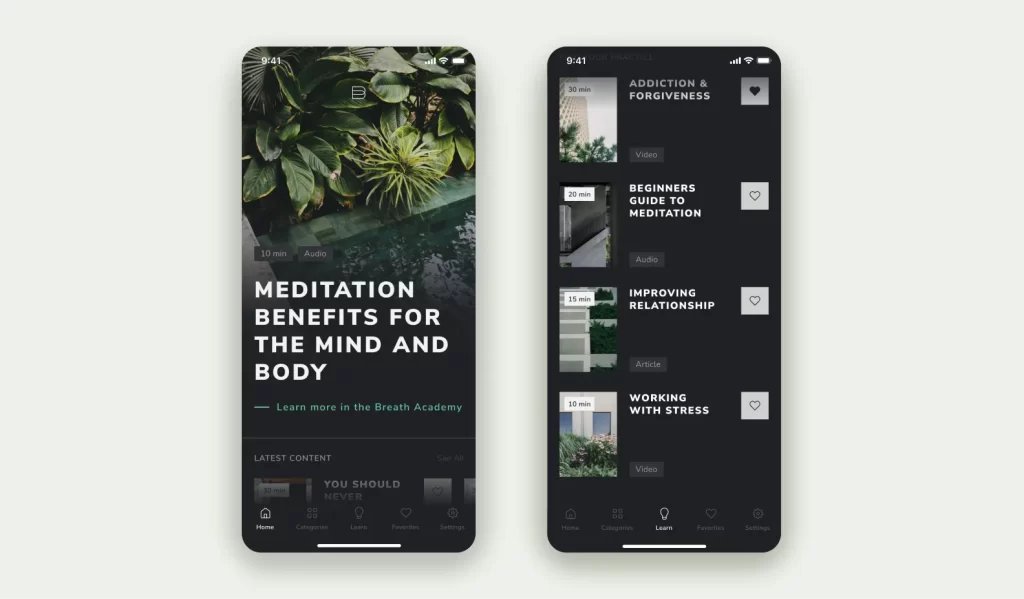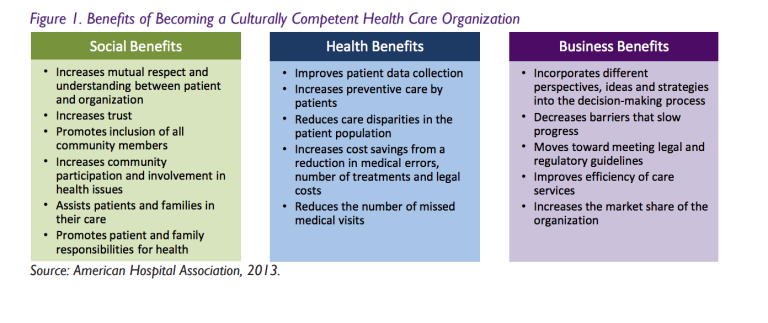
The ping of a new Slack message at 2 AM. The frantic search for a cafe with stable Wi-Fi. The low-grade hum of existential dread that comes with an expiring visa. Sound familiar? For digital nomads, anxiety isn’t just an occasional visitor; it’s an unwelcome travel companion. It feeds on the very things that make this lifestyle so freeing: uncertainty, isolation, and constant change.
But here’s the deal: you carry with you, right now, the most powerful, portable, and zero-cost tool to manage it. Your breath. It’s your built-in reset button. And learning to use it intentionally—through breathwork—can be an absolute game-changer for your mental well-being on the road.
Why Digital Nomads Are Prone to Anxiety
Let’s be real, it’s not all sun-drenched laptops and #vanlife sunsets. The core structure of the nomadic life is a perfect breeding ground for stress. We’re talking about a few key things:
- Unpredictability: Flaky internet, noisy accommodations, travel delays. This constant problem-solving is mentally exhausting.
- Blurred Boundaries: When your “office” is your bed, a beach, or a hostel common room, switching off from work mode becomes a serious challenge. The work-life blend is often a messy puddle.
- Rootlessness: A lack of consistent community and support network can lead to feelings of loneliness and isolation, a huge factor in anxiety.
- Financial Instability: For many, income is project-based and irregular. The feast-or-famine cycle is a classic anxiety trigger.
Your nervous system, honestly, is just trying to keep up. It’s constantly assessing for threats in new environments. Breathwork acts directly on that nervous system, signaling safety and allowing your body to drop out of fight-or-flight mode.
Your On-the-Go Breathwork Toolkit
Okay, enough theory. Let’s get practical. These techniques are designed for busy people with nowhere to hide. You can do them in an airport lounge, a co-working bathroom stall, or before a stressful client call.
1. The Quick Reset: Box Breathing
This is your emergency button. Navy SEALs use it to stay calm under intense pressure. It’s brilliantly simple and incredibly effective for acute anxiety—like when your Zoom presentation is about to start and the power flickers.
- Step 1: Exhale all the air from your lungs.
- Step 2: Inhale slowly through your nose for a count of 4.
- Step 3: Hold your breath at the top for a count of 4.
- Step 4: Exhale slowly through your mouth for a count of 4.
- Step 5: Hold the emptiness at the bottom for a count of 4.
Repeat this cycle 4-5 times. The equal parts create a “box” pattern that forces your mind to focus on counting, pulling it away from anxious thoughts, while the breath itself regulates your heart rate.
2. The Energy & Focus Booster: Kapalabhati (Skull-Shining Breath)
Feeling that 3 PM slump in a Chiang Mai cafe? This yogic technique is like a shot of espresso for your nervous system. It’s energizing, cleansing, and fantastic for shaking off brain fog. A word of caution: avoid this one if you’re feeling highly strung; it’s for low energy, not high anxiety.
Here’s how it works: Sit up straight. Take a deep breath in. As you exhale, forcefully contract your lower belly (your navel should pull back toward your spine). The inhalation will happen passively as you release the contraction. The focus is entirely on the short, powerful exhales.
Start with a round of 20-30 powerful exhales, then take a few normal breaths. See how you feel. You can build up to multiple rounds. It’s… invigorating, to say the least.
3. The Deep Calm: 4-7-8 Breathing
Developed by Dr. Andrew Weil, this technique is a natural tranquilizer for your nervous system. It’s perfect for winding down after a long day of work, or when you’re lying in a strange bed with a racing mind. It’s almost miraculously effective for sleep.
- Place the tip of your tongue against the ridge of tissue behind your upper front teeth and keep it there for the whole exercise.
- Exhale completely through your mouth, making a whoosh sound.
- Close your mouth and inhale quietly through your nose for a count of 4.
- Hold your breath for a count of 7.
- Exhale completely through your mouth, making that whoosh sound again, for a count of 8.
This is one breath cycle. Repeat it three more times, for a total of four breaths. The extended exhale is key—it activates your parasympathetic nervous system, telling your body it’s time to rest and digest.
Weaving Breathwork into a Nomadic Routine
The trick isn’t to master every technique at once. It’s to build a tiny, unbreakable habit. Anchor it to something you already do. Maybe it’s two minutes of box breathing before you open your laptop each morning. Or three rounds of the 4-7-8 method right before you close your eyes at night.
Don’t aim for perfection. Some days you’ll forget. Other days, your mind will wander the entire time. That’s normal. The simple act of returning your focus to your breath is the practice. That’s the reps that build mental resilience.
Beyond the Breath: Syncing with Your Lifestyle
Breathwork is a powerhouse, but it works best as part of a holistic approach. Think of it as the anchor point. You can build other healthy habits around it:
| Nomad Pain Point | Breathwork Pairing | Lifestyle Boost |
| Poor sleep in new time zones | 4-7-8 Breathing in bed | Use a blue light filter on devices after sunset |
| Pre-call jitters | 60 seconds of Box Breathing | Stand up and do a power pose for 2 minutes prior |
| Overwhelm from sensory overload | 5-min mindful breathing break | Find a green space (park, garden) to work in |
The goal is integration, not adding another burdensome task to your list. It’s about micro-moments of presence scattered throughout a chaotic day.
In the end, your breath is the one constant. Your environment will change, your work will change, your community will change. But that steady, rhythmic anchor is always there, waiting for you to tune in. It’s the ultimate piece of travel gear—one that requires no bag space, never gets lost, and truly can bring you home to yourself, no matter where in the world you are.







